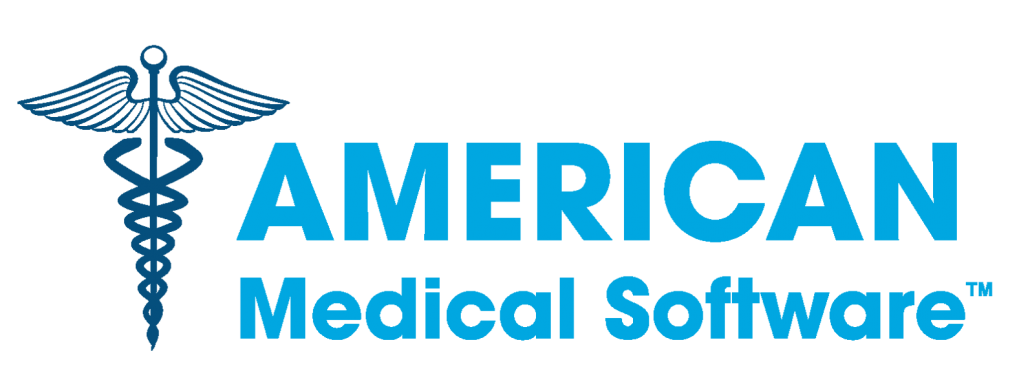CMS Offers Practical Tips For ICD-10 Implementation
The Centers for Medicare & Medicaid Services (CMS) released two tip sheets this week.
They only seem to be in e-mail alerts from CMS so I’m going to post the content here. The first is some basic information on how healthcare providers can prepare to improve clinical documentation:
- Inventory Systems and Identify Discrepancies:
- You should review your systems that currently use ICD-9 in order to identify areas in your revenue cycle, reimbursement rates, health information management, electronic medical records, and clinical systems that will eventually use ICD-10. These systems will be affected by the increased specificity of documentation as well as the increase in number of codes used in ICD-10. Your systems inventory will need to evaluate any potential gaps in clinical conditions or work flow processes that could be affected by increased documentation. Once you have identified any discrepancies, you can update and modify your systems and processes prior to transitioning to the new code sets. This will save your organization time by finding incomplete or non-specific data and ensuring that they do not cause a delay with coding and billing when you finalize implementing ICD-10.
- Evaluate Current Software Systems:
- As you conduct your systems inventory, you may realize that some of your systems have become out-of-date or are redundant. You will need to determine if it is more cost-effective and efficient to upgrade these systems or centralize and replace them before ICD-10 implementation.
- Train and Educate Staff:
- Your organization should identify staff members, from providers to coders, who currently use ICD-9 codes. Staff who will now be using ICD-10 will need training to become familiar with the increased documentation standards necessary with the new code sets. Training will help staff members become comfortable with both the heightened specificity and increased number of code sets that they will be using frequently.
- Test the Documentation Process:
- Finally, your organization will need to test each stage of the new documentation process in a trial setting. Staff members should simulate a typical patient encounter in its entirety to ensure that data is being documented thoroughly and consistently. This will also help identify any areas that still require improvement in the coding process.
The second is a broad checklist of what needs to happen during an ICD-10 transition:
- Educate staff and leadership about ICD-10
- Appoint an ICD-10 coordination manager and delegate a steering committee to manage the transition
- Train staff on changes in documentation requirements from health plans and how this will affect work flow
- Perform an impact assessment
- Examine existing uses of ICD-9 codes in order determine aspects of work flow and business practices that ICD-10 will potentially change. Be sure to evaluate planned and ongoing projects as well
- Create a list of staff members who need ICD-10 resources and training, such as billing and coding staff, clinicians, management, and IT staff
- Plan a realistic and comprehensive budget
- Estimate a budget that includes costs such as software, hardware, staff training, and any initial change in patient volume
- Coordinate with external partners
- Contact system vendors, clearinghouses, and billing services to assess their readiness and evaluate current contracts
- Ask your vendors how they will support you in the transition to ICD-10 and request a timeline and cost estimate
- Analyze existing health plan trading partner agreements
- Get ready for testing
- Request a testing plan to schedule from your vendor
- Conduct internal testing within your clinical practice as well external testing with payers and other external business partners after you have completed the planning stages
Source: www.governmenthealthIT.com; Carl Natale; July 30, 2012.




Leave a Reply
Want to join the discussion?Feel free to contribute!